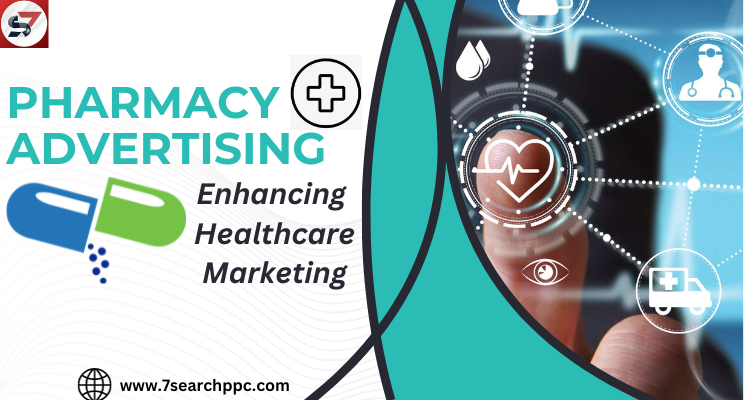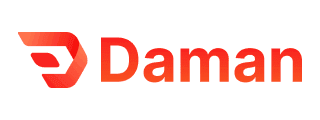 Lifetime Link Placements – No Expiry. 100% Index Guarantee!
Lifetime Link Placements – No Expiry. 100% Index Guarantee!
The Role of Redox Integration Solutions to Enhance Your Healthcare Solution
Written by Larisa Albanians » Updated on: June 17th, 2025

In the rapidly evolving landscape of healthcare technology, integration has become a pivotal factor in enhancing efficiency, streamlining operations, and improving patient outcomes. Redox, a leading platform in healthcare data exchange, offers a comprehensive solution to the complex challenges of healthcare integration services. This blog explores the crucial role of Redox integration solutions in enhancing healthcare systems, delving into how they facilitate seamless communication between disparate healthcare technologies.
Understanding Redox and Its Impact on Healthcare Integration
Redox emerged as a response to the fragmented nature of healthcare data systems. It provides a standardized, secure, and scalable platform that connects healthcare products with major electronic health records (EHRs) systems. The primary goal of Redox is to simplify the way health data is exchanged across the health tech ecosystem, ensuring that developers can focus more on product innovation rather than the nuances of data interoperability.
Why Redox Matters
Healthcare providers often use a myriad of software solutions, each crucial for various aspects of patient care but often unable to communicate effectively with one another. This lack of communication can lead to inefficiencies, increased costs, and even compromised patient safety. Redox addresses these issues by offering a unified integration platform that enhances data fluidity across the healthcare spectrum, from hospitals to clinics, and from specialized health apps to general management systems.
Key Features of Redox Integration Solutions
Standardized Data Models
Redox uses a standardized data model that simplifies the way data is exchanged across systems. This standardization removes the usual complexities involved with connecting different technologies that often use unique data formats. With Redox, data from any healthcare provider can be easily translated and securely transferred to other systems in a recognizable format.
Real-Time Data Exchange
In healthcare, the timely availability of accurate data can be life-saving. Redox facilitates real-time data exchange, ensuring that patient information is immediately available wherever it’s needed. This capability is crucial during critical care situations where every second counts, and in managing chronic conditions where continuous monitoring is essential.
Scalable Infrastructure
As healthcare organizations grow, so too do their data needs. Redox’s cloud-based platform is designed to scale effortlessly, accommodating the increasing data loads without compromising performance. This scalability ensures that healthcare organizations of all sizes can rely on Redox to meet their data integration needs today and in the future.
Comprehensive Security Compliance
Redox prioritizes data security and compliance with all relevant healthcare regulations and compliances, including HIPAA in the United States. The platform uses advanced security measures such as encryption, secure data channels, and rigorous compliance checks to ensure that all data exchanged via the platform is protected against unauthorized access.
Benefits of Implementing Redox in Healthcare Systems
Enhanced Efficiency and Reduced Errors
By automating data exchange processes, Redox significantly reduces manual data entry requirements, which in turn decreases the likelihood of human error. Automated workflows streamline operations across departments, allowing healthcare providers to allocate more time and resources to patient care rather than administrative tasks.
Improved Patient Outcomes
With Redox, healthcare providers have immediate access to a patient’s comprehensive medical history, regardless of where the original data was collected. This holistic view of a patient’s health allows for more accurate diagnoses, more effective treatment plans, and ultimately, better patient outcomes.
Accelerated Innovation
For healthcare technology developers, Redox removes the barrier of complex integration processes. By handling the intricacies of data interoperability, Redox allows developers to focus on innovating and enhancing their products. This focus can lead to more rapid advancements in healthcare technologies, introducing new functionalities that can further improve patient care and operational efficiencies.
Financial Efficiency
Integrating various healthcare systems can be a costly endeavor, particularly when dealing with multiple different data formats and transmission standards. Redox mitigates these costs by providing a single, cohesive platform that handles all aspects of data integration. This consolidation can lead to significant cost savings in both the short and long term.
Implementing Redox: A Step-by-Step Guide
Assessing Your Integration Needs
Before implementing Redox, it’s important to assess your specific integration needs. Identify the systems currently in use, the data exchange requirements, and any gaps in your current integration solutions. This assessment will help tailor the Redox implementation to best fit your organization’s needs.
Partnering with Redox
Engaging with Redox begins with a partnership discussion. Redox’s team collaborates with healthcare organizations to understand their unique challenges and objectives. This partnership ensures that the implementation process is aligned with specific goals and healthcare standards.
Integration and Testing
Following the initial setup, the integration involves configuring your systems to communicate through the Redox platform. This stage may involve some customization to ensure that all systems are properly connected and communicating as intended. Rigorous testing is conducted to guarantee that data flows seamlessly across all systems without any loss or corruption.
Going Live and Ongoing Support
Once testing is complete, the system can go live. Redox provides ongoing support and maintenance, ensuring that the integration remains functional and effective as technology and requirements evolve. This support is crucial to adapting to changes in the healthcare and regulatory landscape.
Conclusion
In today’s data-driven healthcare environment, the ability to seamlessly integrate various technologies is more critical than ever. Redox offers a powerful solution that not only simplifies healthcare integration but also enhances the overall efficiency, security, and effectiveness of healthcare services. By adopting Redox, healthcare organizations can ensure that they are well-equipped to meet the challenges of modern healthcare delivery, improving care quality while fostering innovation in healthcare technology.
Explore details of A Comprehensive Guide to Healthcare Interoperability and Redox Integration
Note: IndiBlogHub features both user-submitted and editorial content. We do not verify third-party contributions. Read our Disclaimer and Privacy Policyfor details.
Copyright © 2019-2025 IndiBlogHub.com. All rights reserved. Hosted on DigitalOcean for fast, reliable performance.













